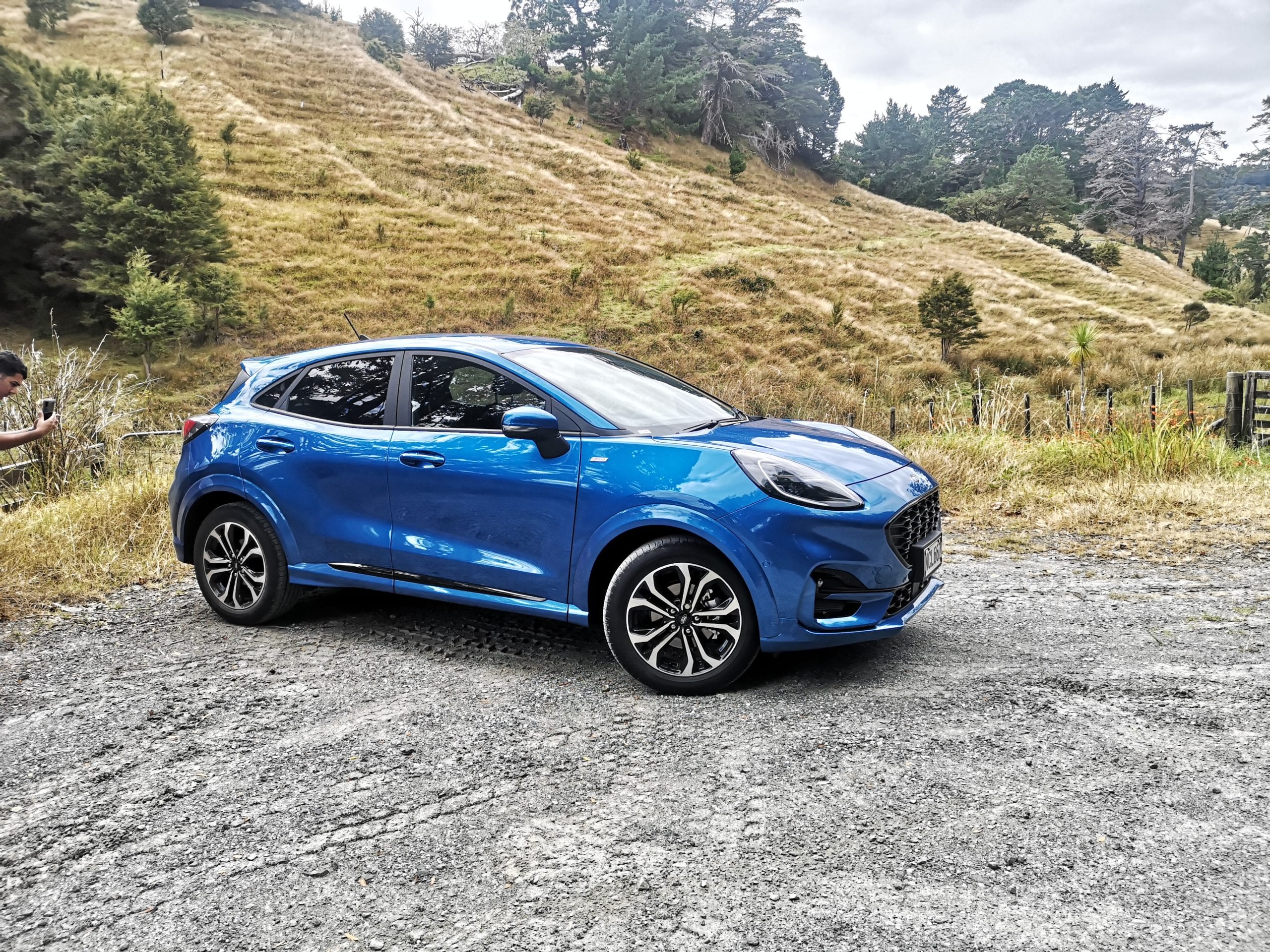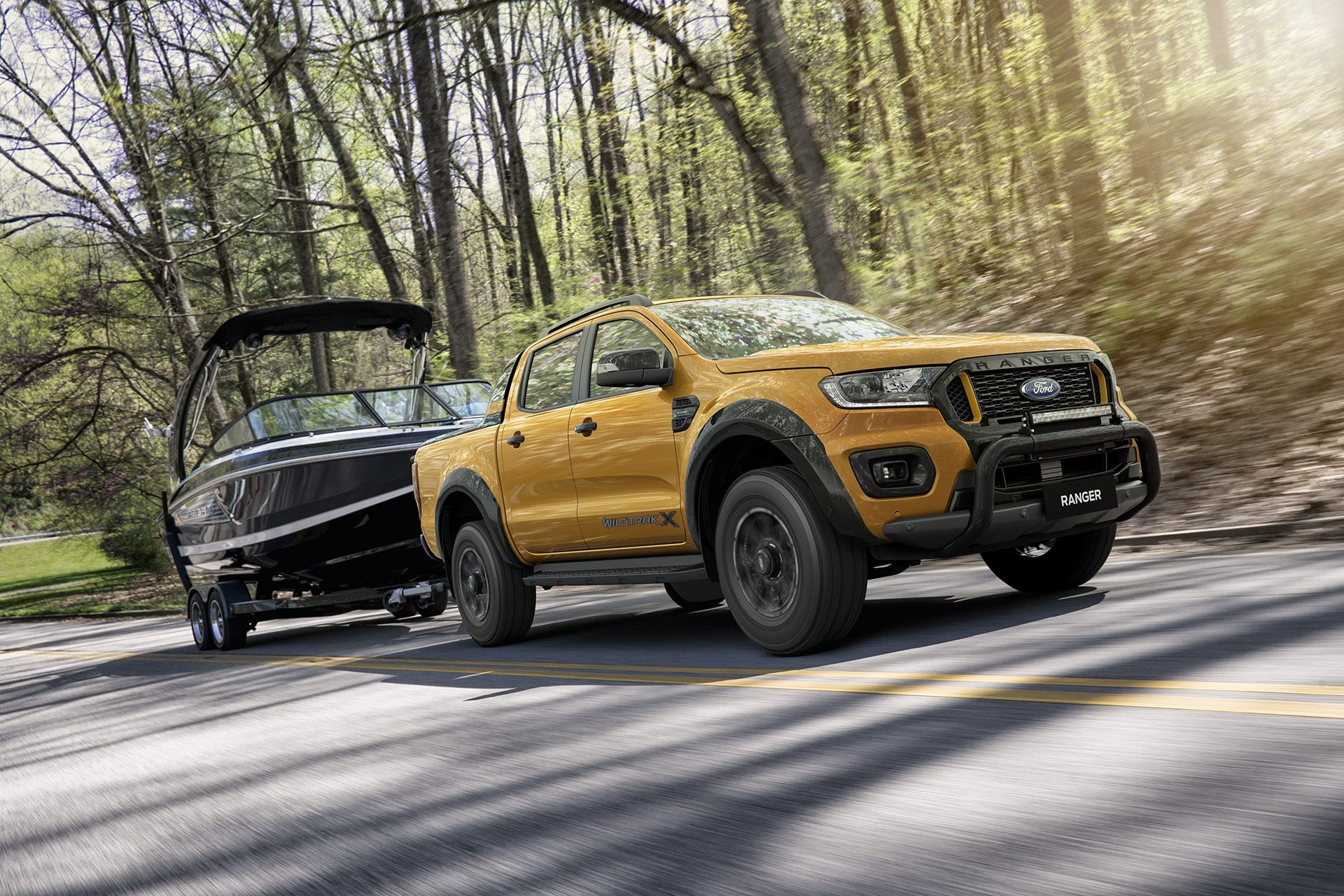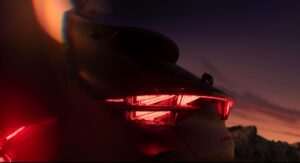Fresh off the back of New Zealand Government feebate and fine announcement, we get Simon Rutherford’s (Managing Director – Ford Motor Company of New Zealand) viewpoint.
Rutherford begins by saying “We recognise the incentives are welcome but we’ve got two concerns. Firstly the feebate is only half the picture, the other part of the framework is the standard itself. The standard imposes penalties not only on the consumer but on the manufacturer which may indirectly lead to the consumer as well.”
He says that they’re not against either of the policies but that their preference is that the government follows the advice of the climate commision and their timeline for execution as they believe that this will give them the access to the technology that they need to meet the targets.
“So to pull forward by three years we believe is premature and we believe that it’s counter intuitive to the objectives. What we want the government to do is explain the full picture. They’ve done a pretty good job at explaining the feebate so far. But we also want to advocate for our customers that fully utilise their vehicles. There isn’t an alternative in the market for them, it isn’t their fault, the technology isn’t there.”
He continues, “but ultimately it will be in the time frame that we gave our inputs to the climate commission. We want to support those customers and our address would be to go with the climate commission’s recommendations on timing which is to achieve the 105g/km by 2028 not 2025 and to enable us to get access to the technology so we have achievable targets. We need to get the cycle plan and the costs of the products to a level of affordability.”

Rutherford gives us an example, “our little 1L Puma will not meet the standards by 2025. However we are in the process of introducing products that meet those standards, like the eTransit coming next year, the PHEV Escape that can be ordered now and coming in the 4th quarter, the PHEV Transit and Torneo that we have right now and there will be further products. We’re keen to get the Mustang Mach-E but it’s been such a runaway success in other markets that have a compliance structure in place that the available capacity has been allocated to them. We would love to get it and one day we will. I’d like it here tomorrow.”

He says the above range and more are why they’re not against the concept of a standard, “our concern is with the timing, particularly on the segments that there isn’t global access to, the technology will come but it will come later. Take the 1-tonne ute segment, it is not a global segment, it’s not a vehicle that’s sold in many jurisdictions that have a standard now or historically. Going forward we believe that they will but that takes time for us to make the investment, do the design and build and create a framework that our customer needs.”
He says they’re working on a number of things for the Ranger but can’t give a time frame on that now. “All we can say is that right now we’ve already invested in Ranger product and we have one of the lowest CO2 utes with our 2L biTurbo, with no compromise on power or towing, all the stuff that our customers want. And that’s what we need to deliver for them, they need utes to do the job for them and they need to do that affordably. Our job is to work for our customers based on the business environment.”

He says that obviously they have a big exposure because of where their business is today, “but we have invested in the technology. We’re the first to bring in a 10-speed and a biTurbo, and we brought CO2 levels down. Collectively (with VW) we’ll have products going forward in the cycle plan that will be based on iD3/4 and our own platforms, we’ll continue to focus on the performance and commercial products.”
Rutherford says that with Ford’s commitment to the Paris accord they’re in the same boat as the country, so he believes that the longer term is ok, it’s more the pace of the change and the timing.
“All we’re saying is that on some segments it’s ok because they’re global segments and we can access the products now but some we can’t. It’s not an avoidance issue, it’s just a simple fact that the technology is not there, not just for Ford but for other manufacturers too.”
He says that in a nutshell they get the framework and support it but not the pull forward and that they (Ford and other OEMs) need to be given a fair opportunity to achieve it.










